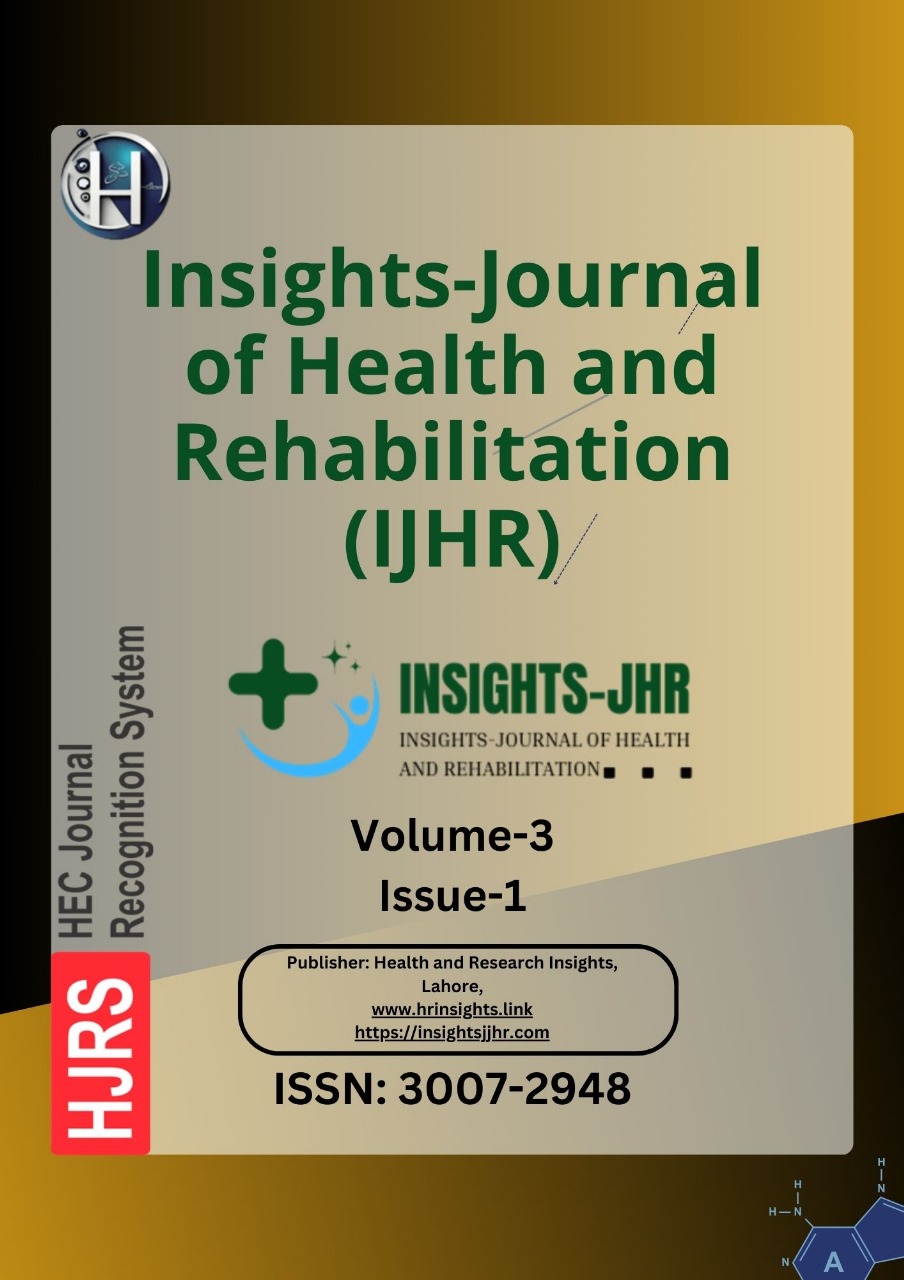EFFECT OF TENDON GLIDE WITH MWM (MOBILIZATION WITH MOVEMENT) ON DE QUERVAINS TENOSYNOVITIS IN MOBILE USERS
DOI:
https://doi.org/10.71000/fs1bcv75Keywords:
De Quervain’s tenosynovitis, Finkelstein test, Michigan Hand Questionnaire, mobilization with movement, paraffin therapy, tendon gliding, visual analog scaleAbstract
Background: De Quervain’s tenosynovitis is an inflammatory condition affecting the abductor pollicis longus and extensor pollicis brevis tendons, commonly resulting from repetitive thumb movements such as text messaging. This repetitive strain can lead to pain, functional limitations, and reduced quality of life. Physiotherapy is a non-invasive management approach that includes mobilization with movement (MWM) and tendon gliding exercises, aimed at reducing pain and improving mobility and function.
Objective: The objective of this study was to evaluate and compare the effects of mobilization with movement (MWM) alone and MWM combined with tendon gliding exercises on pain, functional ability, and quality of life in individuals with De Quervain’s tenosynovitis associated with mobile phone overuse.
Methods: A total of 32 female participants aged 18–25 years with positive Finkelstein tests and meeting inclusion criteria were randomly allocated into two groups using a lottery method. Group A received MWM combined with tendon gliding exercises, while Group B received MWM alone. The intervention was delivered over four weeks, consisting of three sessions per week, with three sets of exercises per session. Pain levels were assessed using the Visual Analog Scale (VAS), range of motion (ROM) was measured using goniometry, and hand function was evaluated using the Michigan Hand Questionnaire (MHQ). Outcome measures were recorded at baseline, after two weeks, and after four weeks.
Results: Both groups demonstrated significant within-group improvements in VAS, ROM, and MHQ scores. Group A’s mean pain scores decreased from 4.93 ± 1.57 to 1.80 ± 0.774, while Group B’s scores reduced from 4.86 ± 1.50 to 1.80 ± 0.941. ROM for thumb extension improved from 39.6 ± 7.93 to 47.8 ± 3.18 in Group A and from 40.0 ± 7.56 to 46.2 ± 4.25 in Group B. The MHQ scores increased from 45 ± 12.1 to 59 ± 12.8 in Group A and from 43.3 ± 13.5 to 54 ± 22.0 in Group B. However, independent sample t-tests revealed no statistically significant differences between the groups (p > 0.05).
Conclusion
Both mobilization with movement alone and in combination with tendon gliding exercises were effective in reducing pain, improving functional ability, and enhancing quality of life in patients with De Quervain’s tenosynovitis. The findings suggest that MWM alone is as effective as the combined approach, providing flexibility in therapeutic choices based on individual patient needs.
Downloads
Published
Issue
Section
License
Copyright (c) 2025 Rubina Zulfqar, Faiza Mohsin , Nimra Seher, Kashaf Farooq, Rida Wahid, Aneela Umar (Author)

This work is licensed under a Creative Commons Attribution-NonCommercial-NoDerivatives 4.0 International License.







